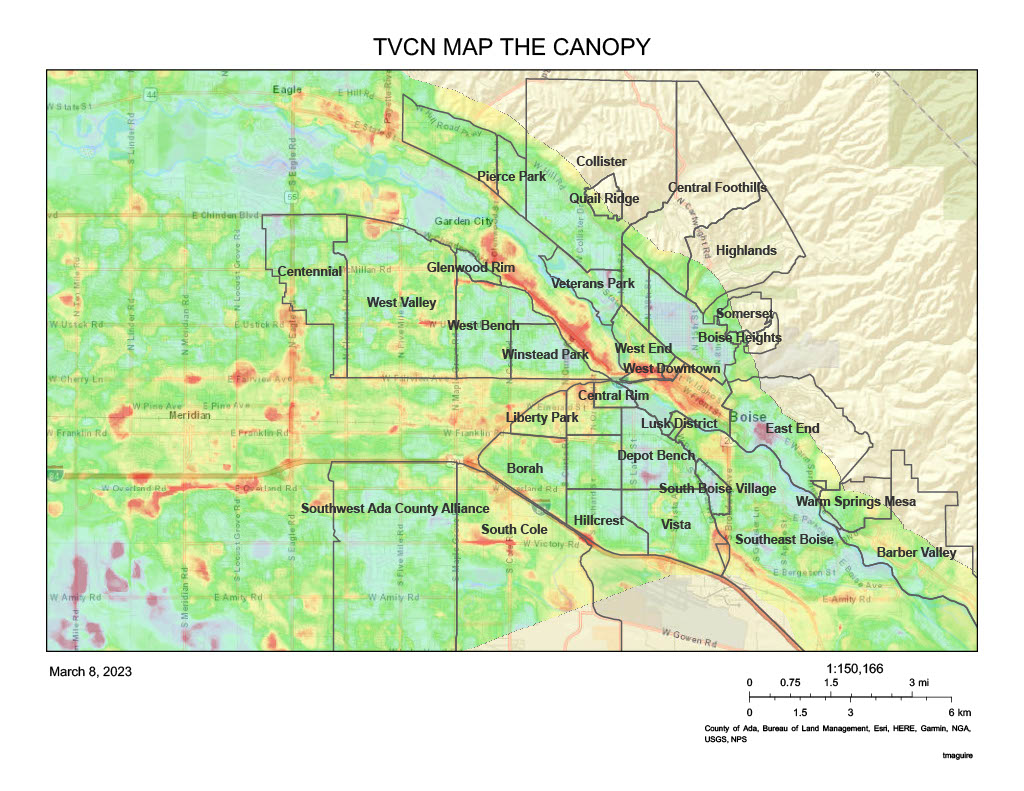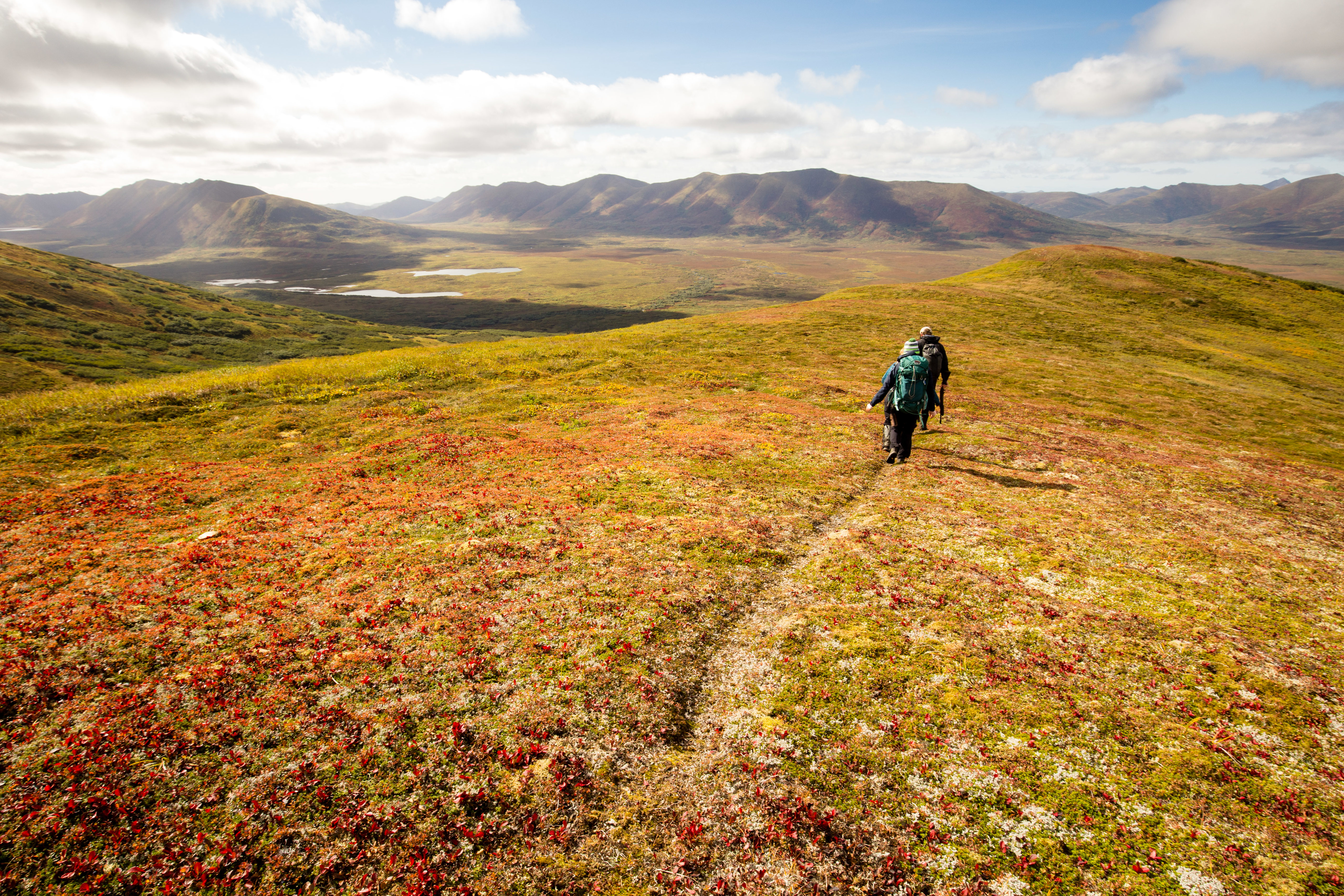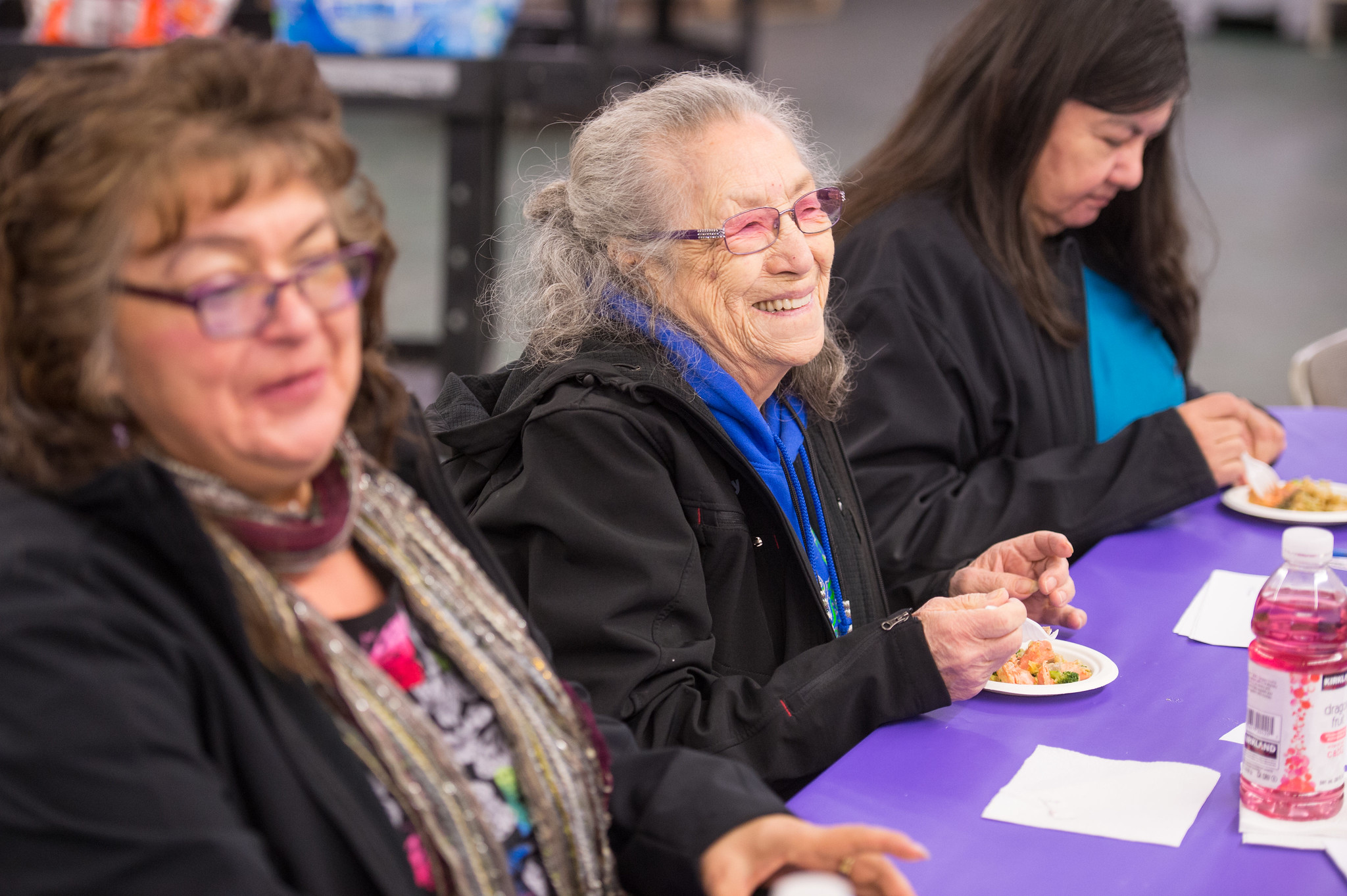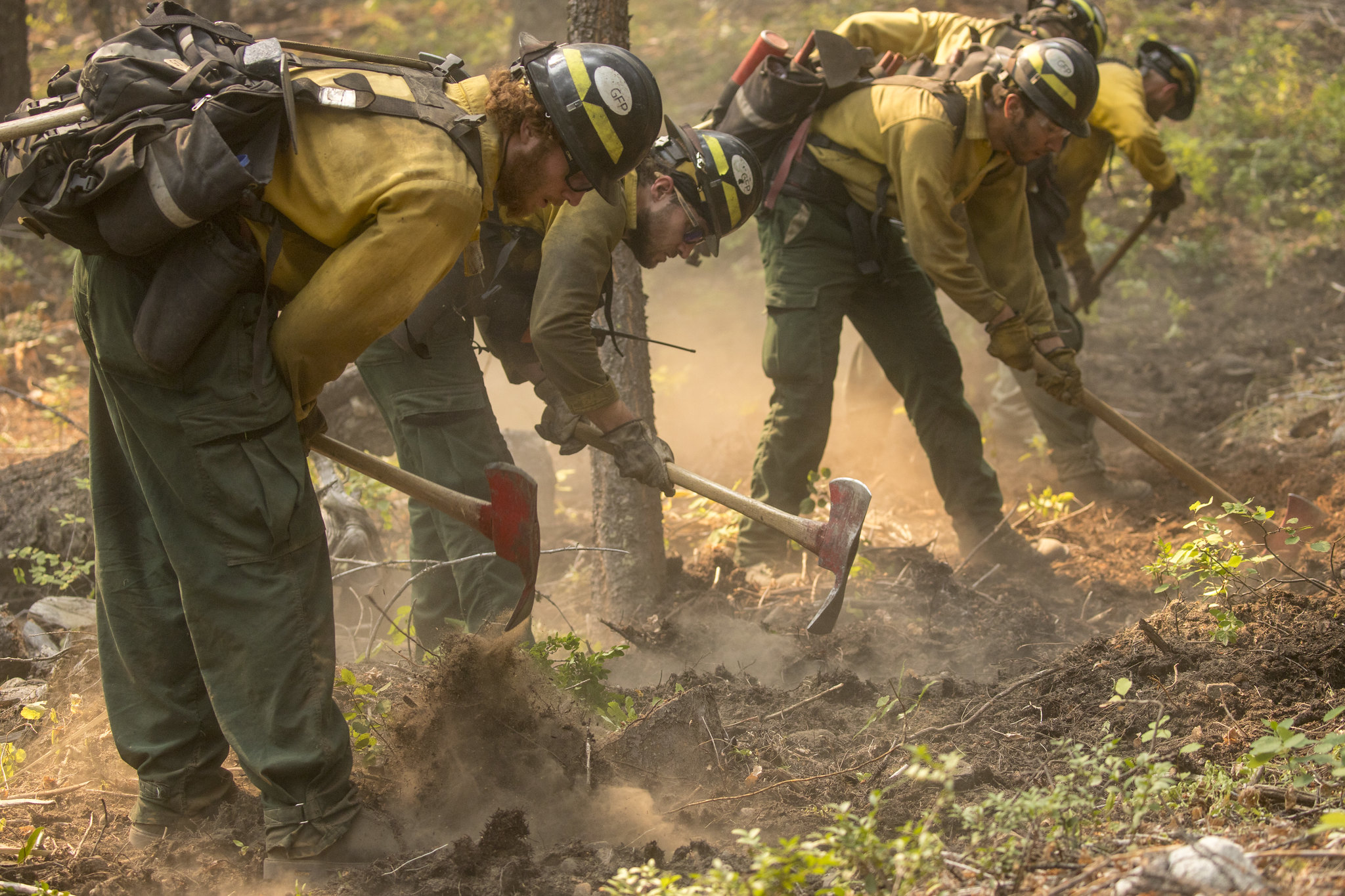Economically disadvantaged communities generally have fewer socioeconomic resources and thus less capacity to adapt to the challenges of climate change. Many of these disadvantages are associated with environmental racism and systemic oppression. Economically disadvantaged individuals tend to experience the highest rate of mental health issues alongside poorer overall health, reduced mobility, reduced access to health care, and economic limitations that affect access to goods and services that can help with the negative effects of climate change. These individuals face more exposure from heatwaves and poor air quality and have less access to evacuation measures (e.g., cars, reliable public transportation). Individuals experiencing houselessness are particularly vulnerable to weather-related disasters because of a lack of shelter.
In addition, many low-income people in the United States are employed in climate-dependent sectors, such as agriculture, fishing, and forestry. Low-income neighborhoods also tend to be vulnerable to extreme weather, urban heat islands in cities, flood zones, and drought-prone areas.

Urban, low-income populations, including communities of color, are likely to experience heightened exposure to pollution and environmental hazards related to nearby industrial facilities and toxic sites (e.g., superfund sites). In many formerly redlined communities in the region (redlining is a discriminatory practice in which services are withheld from customers who reside in neighborhoods classified as “hazardous” to investment), the development of industry was prioritized over concerns for environmental and public health. As such, many of these communities have experienced a loss of biodiversity and increase in the urban heat island effect. In Seattle, previously redlined communities are 1.6°F warmer than the city’s average, while in Portland, some previously redlined communities are 10.4°F warmer than the city’s average. Extreme heat is correlated with increasing instances of aggressive behavior, violence, suicide, and hospital admittance for mental health or psychiatric conditions. Heat and poor air quality can also limit outdoor exercise and stress-reducing activities, which can lead to decreased social interaction and increased mental distress.
Individuals in lower-income neighborhoods are less likely to have access to heating or cooling centers, or to own a working air conditioner or fan. In addition, a lack of infrastructure investment (disinvestment) has led to a shortage of extreme weather warning systems, inadequate storm surge preparedness, and clogged or deteriorating storm sewer systems. These compounding factors place low-income residents at greater risk for the physical impacts of climate change, and as a result, may increase the risk of mental health challenges.
Social and emotional support alone are not enough to provide protection from the impacts of living in marginalized, low-income communities. Investment in infrastructure, mental and public health centers, and other adaption measures and resources to protect vulnerable, low-income communities could curb many of the negative mental health effects of climate change. Expansion of green spaces in low-income neighborhoods can provide a place for community engagement and respite from extreme heat. To develop effective means of combatting the negative mental health effects of climate change in low-income areas, adequate funding can provide an opportunity to conduct vulnerability assessments that can be adapted to community action plans. For urban, low-income communities of color, addressing systemic and historical oppression can help these communities overcome barriers to adaptation.
-

Climate change can have an array of negative mental health effects, particularly on vulnerable populations.
-

A summary of the impacts of climate change on the mental health of Native Americans and Alaska Natives.
-

A summary of the impacts of climate change on the mental health of outdoor and emergency workers.

